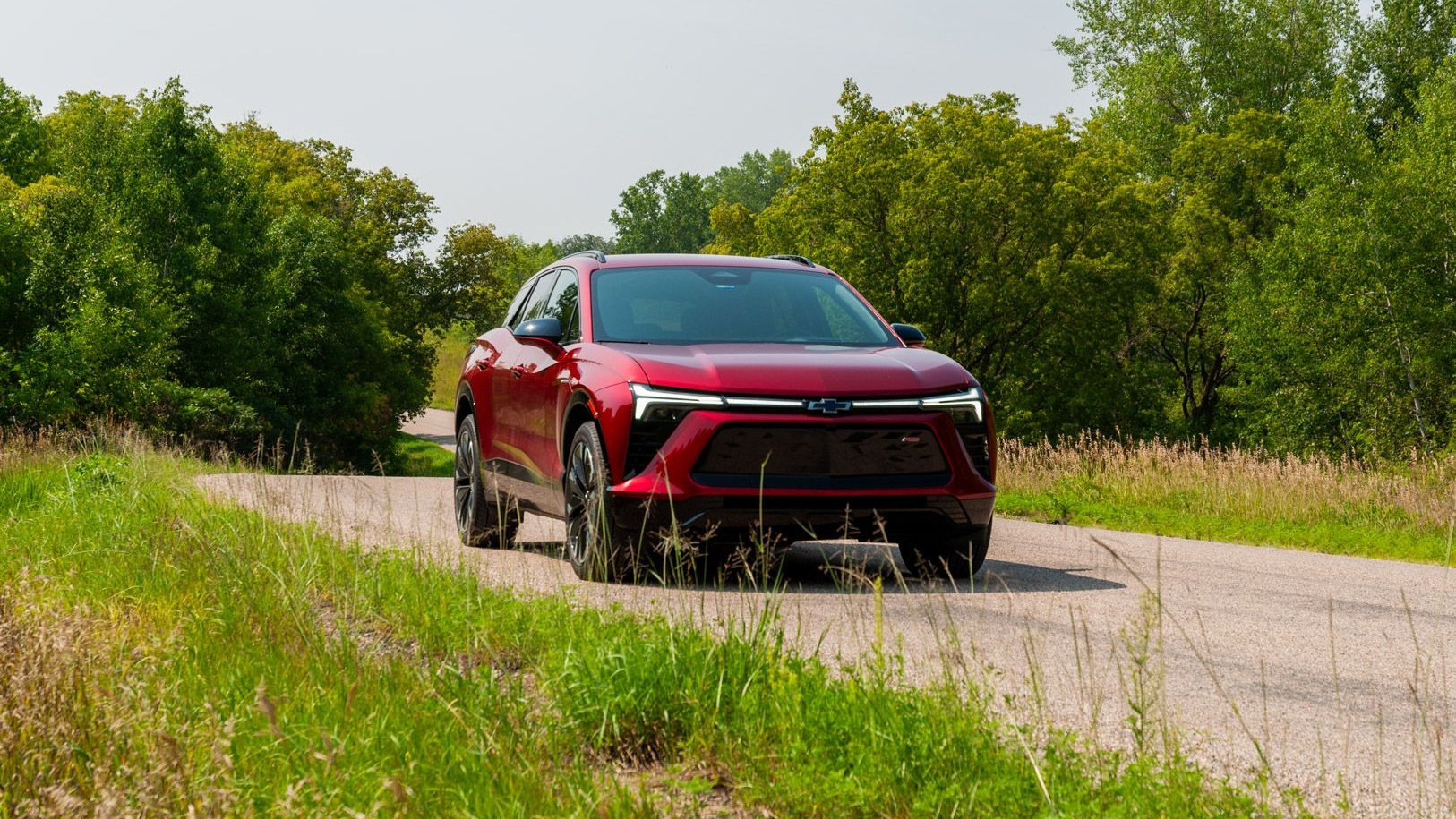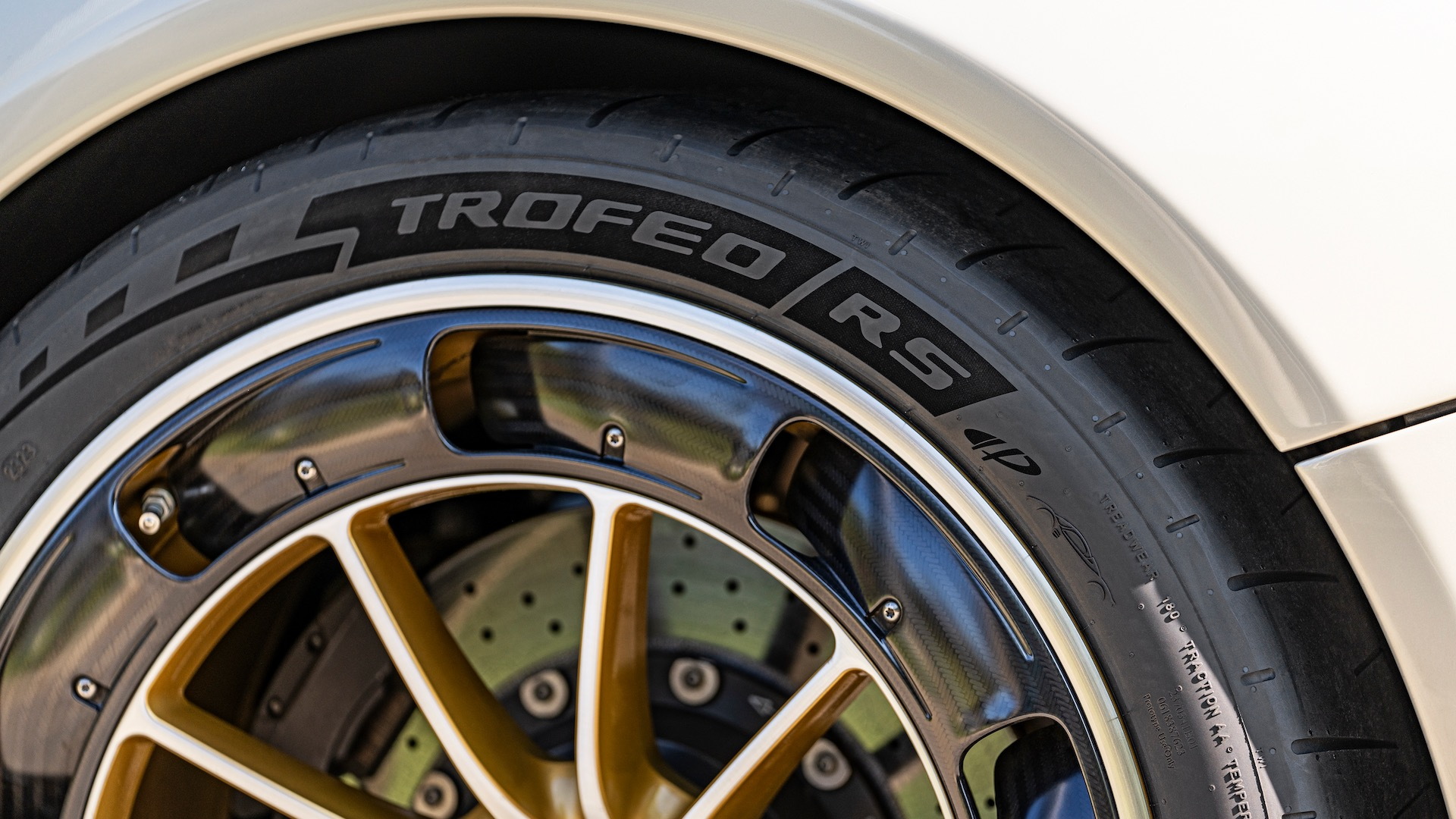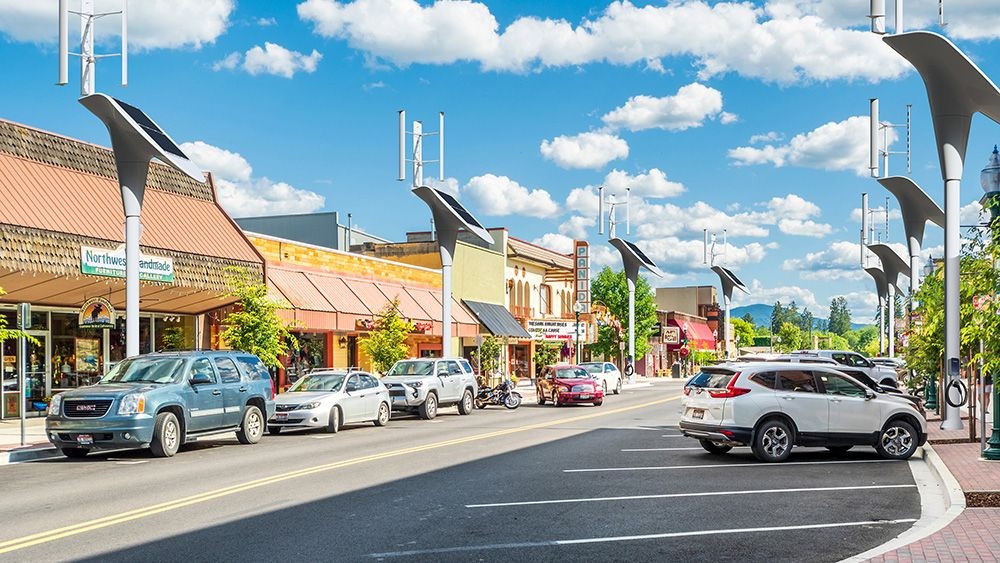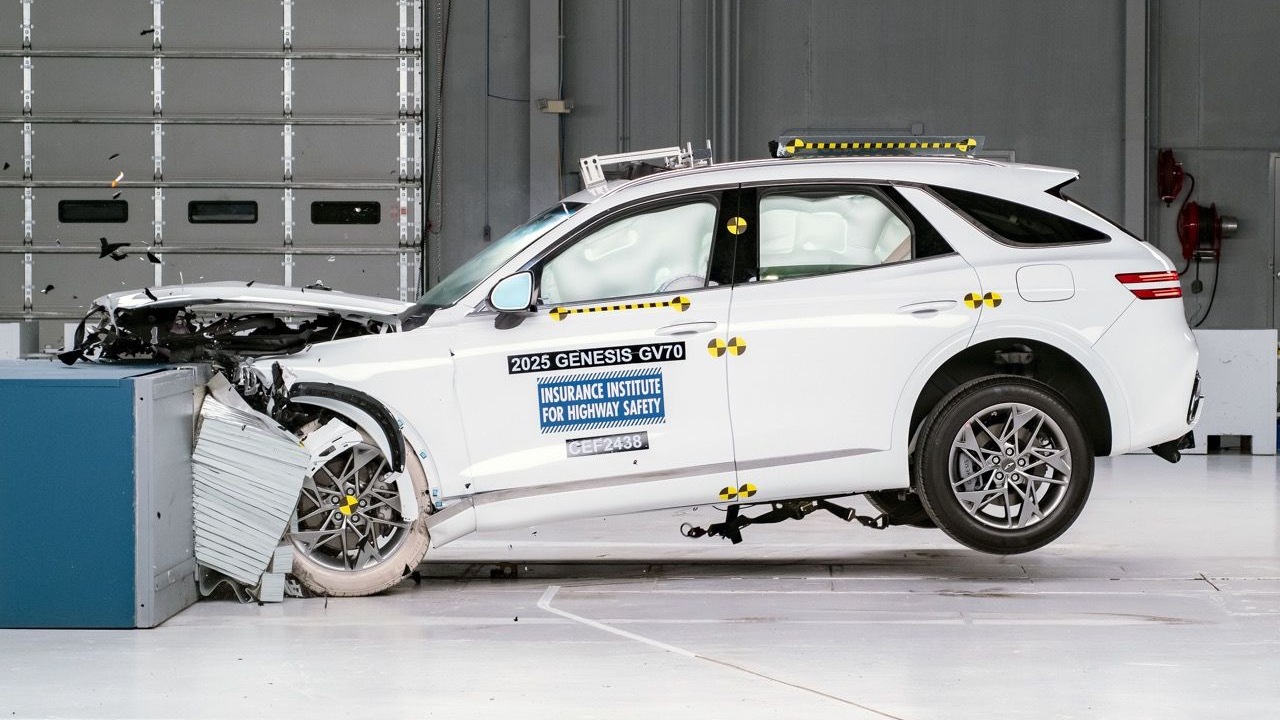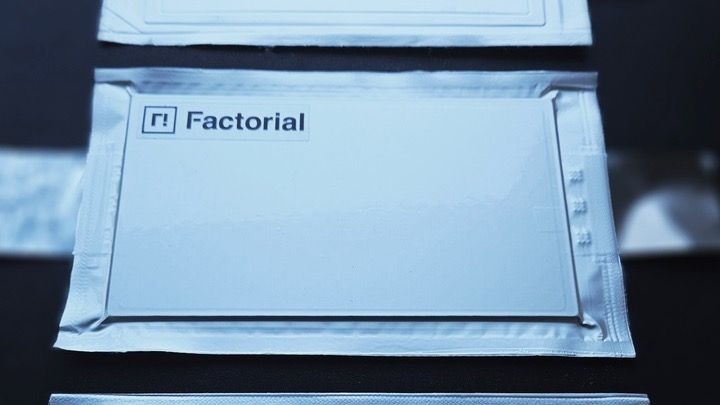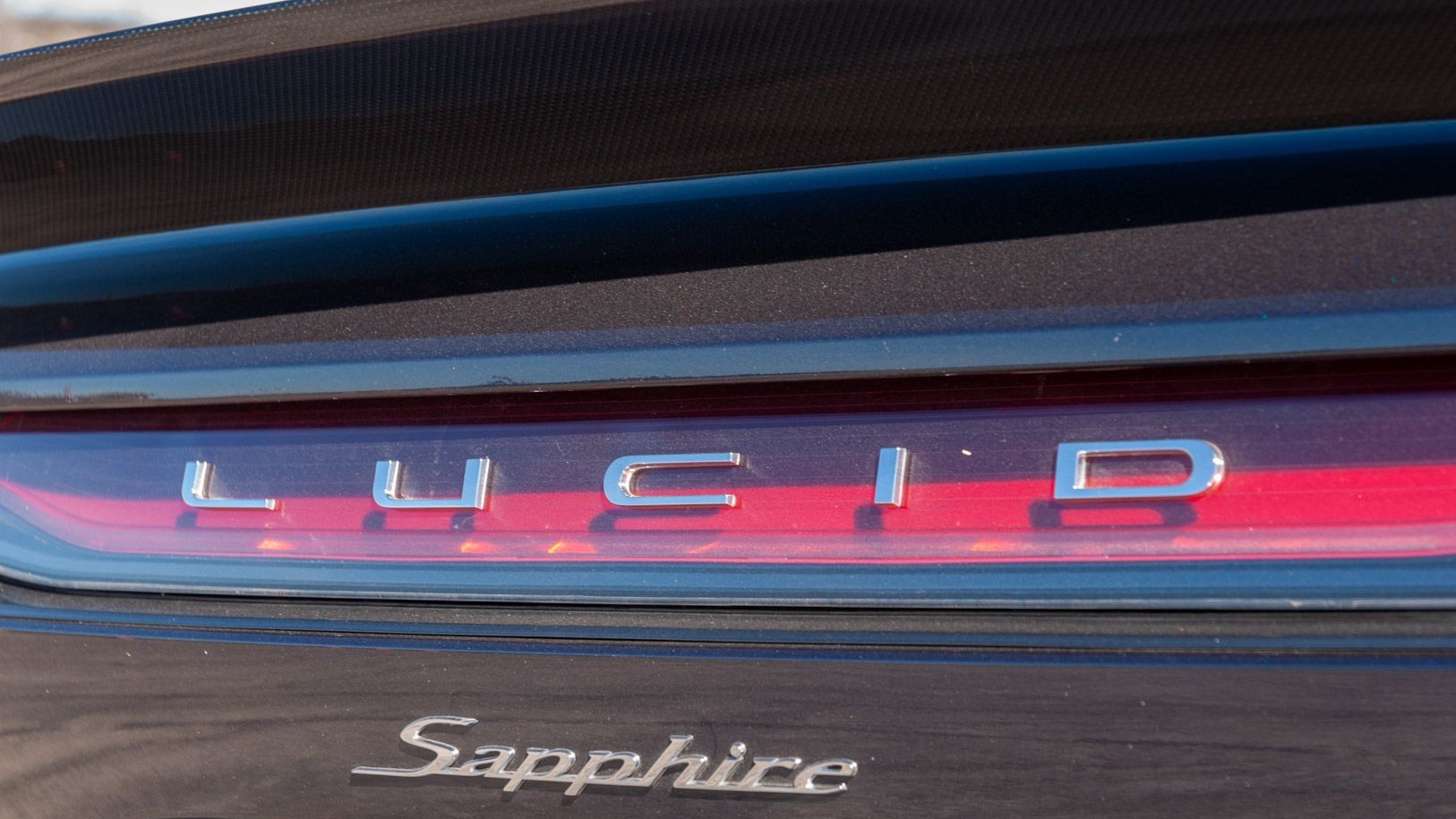Automakers are increasingly turning to lithium iron phosphate (LFP) batteries for affordable EVs, and packs with that chemistry can benefit from a different charging regimen than that usually used for the currently dominant nickel manganese cobalt (NMC) chemistry.
As laid out in a recent Engineering Explained video, automakers are recommending different best practices for the their LFP-equipped EVs. For example, the owner's manual for the Ford Mustang Mach-E states that it's best to set the maximum charge rate to 100% and charge to that level at least once a month. Tesla has also recommended charging LFP-equipped cars to 100%, which runs counter to normal best practices for NMC-equipped cars.
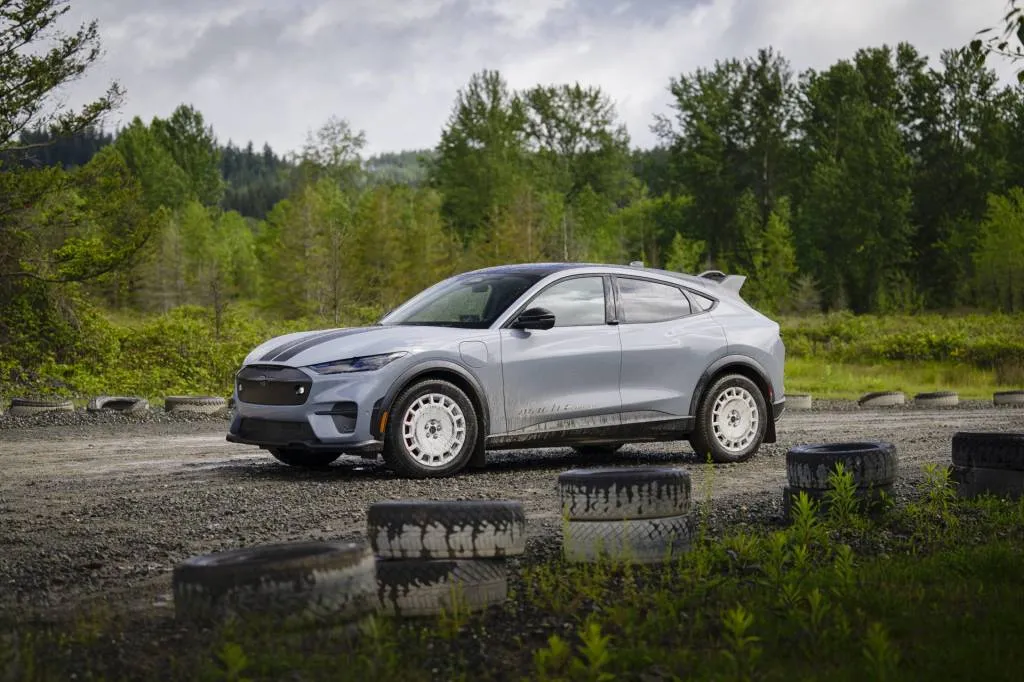
2024 Ford Mustang Mach-E Rally
That's because charging LFP cells to 100% aids in calculations of remaining charge, which is normally done based on voltage. LFP cells have a flatter voltage curve, meaning they're at roughly the same voltage for different states of charge. But charging to 100% causes a voltage spike that serves as a marker for determining state of charge.
However, a recent study published in the Journal of the Electrochemical Society noted that high states of charge lead to greater battery degradation. State of charge was found to be the "most critical factor" influencing capacity loss, with higher states of charge accelerating the process.
That leads Engineering Explained to recommend plugging in an EV with an LFP battery pack only when needed. The same study noted less degradation in LFP batteries charged from 0%-100% than from 75%-100%. So smaller charge cycles with a high starting capacity are best avoided with LFP batteries, something that isn't necessarily the case with NMC cells. But it's also important not to be overzealous and let the battery drain to 0%, which can permanently damage the cells.
Such advice will be more relevant as more automakers begin using LFP cells in U.S.-market EVs. For example, in addition to Ford and Tesla, Rivian has discussed plans to use LFP cells in the near future. Those cells did not arrive with recently-launched cheaper versions of the R1S and R1T as anticipated, though.
